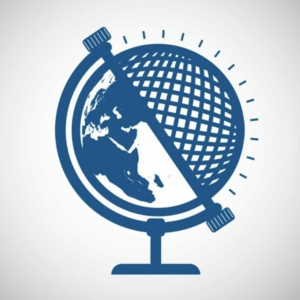
Beijing is conducting the most ambitious military modernization and expansion effort in the history of the People’s Republic of China. And the more powerful the People’s Liberation Army becomes, the more aggressively Beijing is behaving.
Given the vast distances and expanses of ocean, when Americans think of the Indo-Pacific and the Pentagon’s role there, they may think first of the U.S. Navy and Air Force. Those services will, indeed, play a pivotal role in deterring and defeating aggression in the Indo-Pacific. Fully funding and supporting a modernized, capable, and forward-positioned U.S. Navy and Air Force is vital.
But what about the U.S. Army? That service plays a vital role in Europe and on the Korean peninsula, for example. But what role does the U.S. Army currently play in the larger Indo-Pacific? And what role could and should the Army play there going forward in terms of defending U.S. interests, building partner capacity, and defeating adversaries?
As Congress allocates finite resources to and within the Pentagon, and as the Department of Defense conducts its own generational modernization effort and develops new operational concepts, these questions are fundamental.
General Charles A. Flynn serves as commander of U.S. Army Pacific. He has served in a variety of important leadership positions, from platoon leader to division commander in operational units and as a deputy chief of staff for Army operations, plans, and training at the Pentagon. He has deployed to Iraq and Afghanistan, and now he focuses on the Indo-Pacific, leading the Army’s largest service component command.
In this special edition of Foreign Podicy, General Flynn joins Bradley Bowman, senior director of FDD’s Center on Military and Political Power.
More Episodes
 2019-07-01
2019-07-01
 2.6k
2.6k
 2019-06-03
2019-06-03
 2.5k
2.5k
 2019-04-29
2019-04-29
 2.3k
2.3k
 2019-04-15
2019-04-15
 2.2k
2.2k
 2019-04-01
2019-04-01
 2.0k
2.0k
 2019-03-18
2019-03-18
 1.8k
1.8k
 2019-03-04
2019-03-04
 2.7k
2.7k
 2019-02-25
2019-02-25
 1.7k
1.7k
 2019-02-11
2019-02-11
 2.1k
2.1k
 2019-01-28
2019-01-28
 2.2k
2.2k
 2019-01-14
2019-01-14
 1.6k
1.6k
 2018-12-03
2018-12-03
 2.0k
2.0k
 2018-11-05
2018-11-05
 1.8k
1.8k
 2018-10-22
2018-10-22
 1.8k
1.8k
 2018-09-11
2018-09-11
 1.8k
1.8k
 2018-08-28
2018-08-28
 1.6k
1.6k
 2018-08-20
2018-08-20
 1.9k
1.9k
Create your
podcast in
minutes
- Full-featured podcast site
- Unlimited storage and bandwidth
- Comprehensive podcast stats
- Distribute to Apple Podcasts, Spotify, and more
- Make money with your podcast
It is Free
- Privacy Policy
- Cookie Policy
- Terms of Use
- Consent Preferences
- Copyright © 2015-2024 Podbean.com





